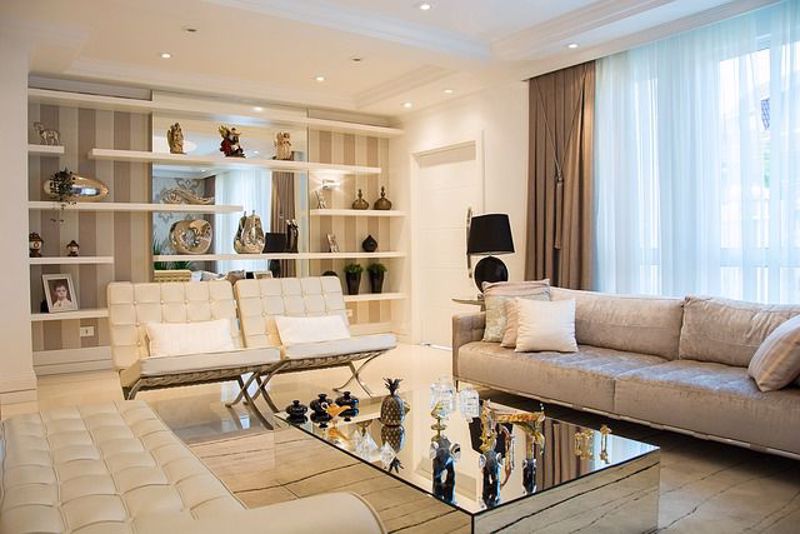The Home Depot has a wide selection of top quality furniture. With a Home Depot Money Saving Coupon from We Are Coupons quality furniture costs less. Arranging furniture in a room is a crucial aspect of interior design. The placement of furniture can significantly impact the functionality, flow, and aesthetic appeal of a space. Whether you're working with a small apartment or a spacious living room, strategic furniture placement can maximize the potential of the room. In this blog post, we will explore various tips and techniques for placing furniture to make the most of any room in your home. From creating conversation areas to optimizing traffic flow, these ideas will help you create a well-balanced and visually appealing space that suits your lifestyle and preferences.
Assessing the Room
Before arranging furniture, take time to assess the room and consider its size, shape, natural light sources, architectural features, and existing furniture. This initial evaluation will provide a foundation for making informed decisions about furniture placement.
Defining the Purpose of the Space
Identify the primary function of the room. Is it a living room for relaxation and entertainment, a home office for productivity, or a bedroom for rest and sleep? Understanding the purpose will help determine the focal point and guide the arrangement of furniture around it.
Creating a Focal Point
Every room benefits from a focal point, which can be a fireplace, a large window with a view, a piece of artwork, or a statement furniture item. Arrange the main furniture pieces around the focal point to create a visually appealing and balanced arrangement.
Considering Traffic Flow
Ensure that there is a clear and intuitive flow of traffic within the room. Leave adequate space for easy movement between furniture pieces and around the room. Avoid blocking pathways or placing furniture in a way that disrupts the natural flow.
Establishing Conversation Areas
In rooms intended for socialization, such as living rooms or family rooms, create conversation areas by arranging seating in a way that promotes interaction. Position sofas and chairs facing each other, with a coffee table or ottoman in the center. This arrangement encourages comfortable conversations and engagement.
Maximizing Space in Small Rooms
In smaller rooms, it's important to make the most of the available space. Use multifunctional furniture, such as storage ottomans or nesting tables, to maximize storage while minimizing visual clutter. Opt for furniture with legs to create an open and airy feel. Consider using vertical space with tall bookshelves or wall-mounted storage to free up floor space.




